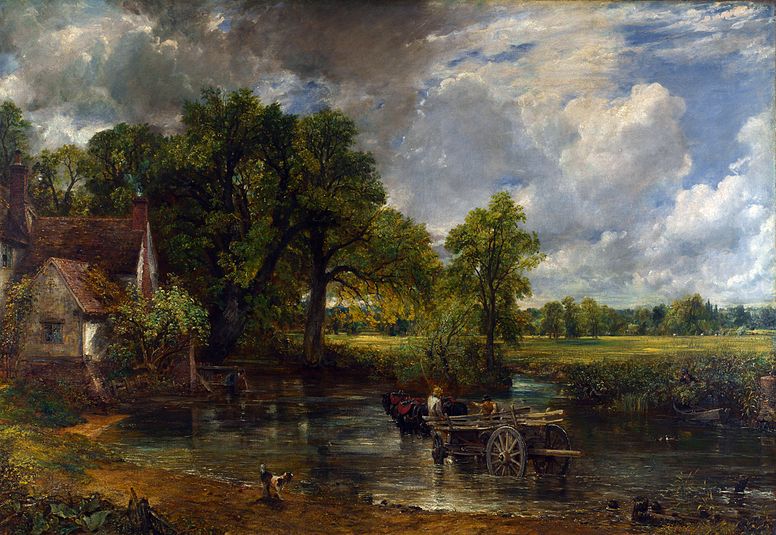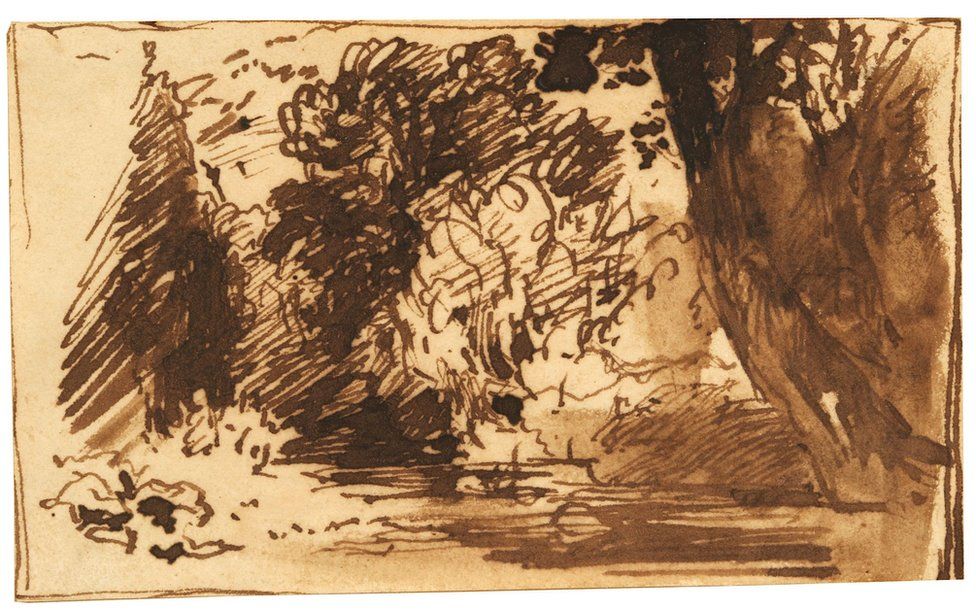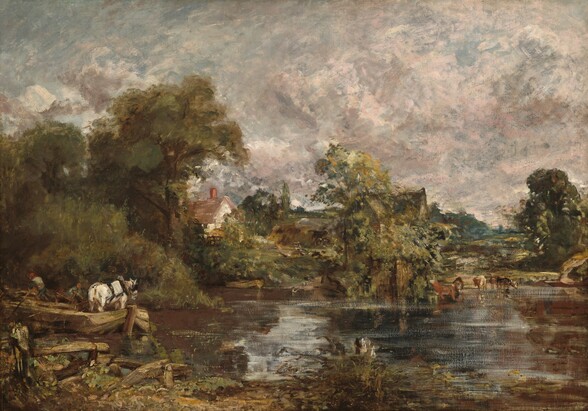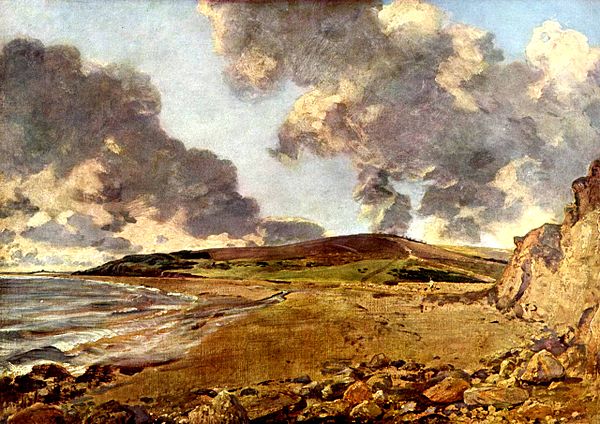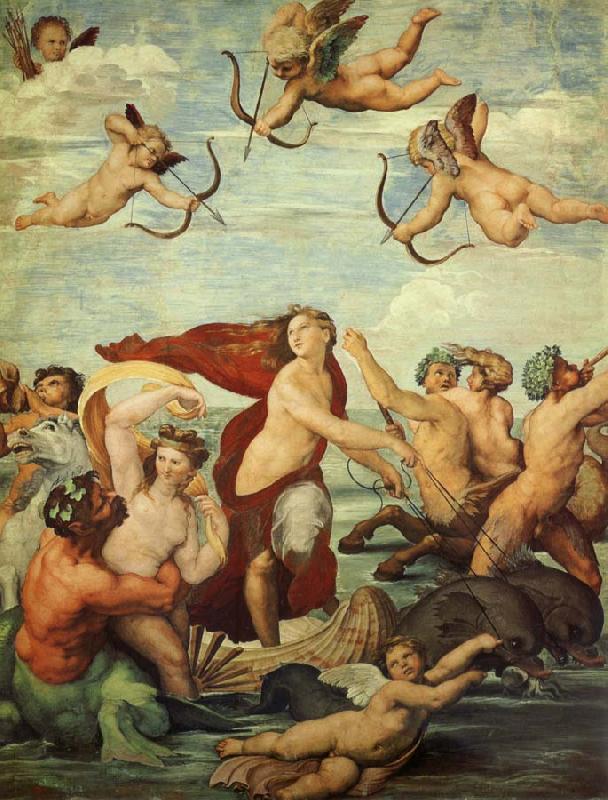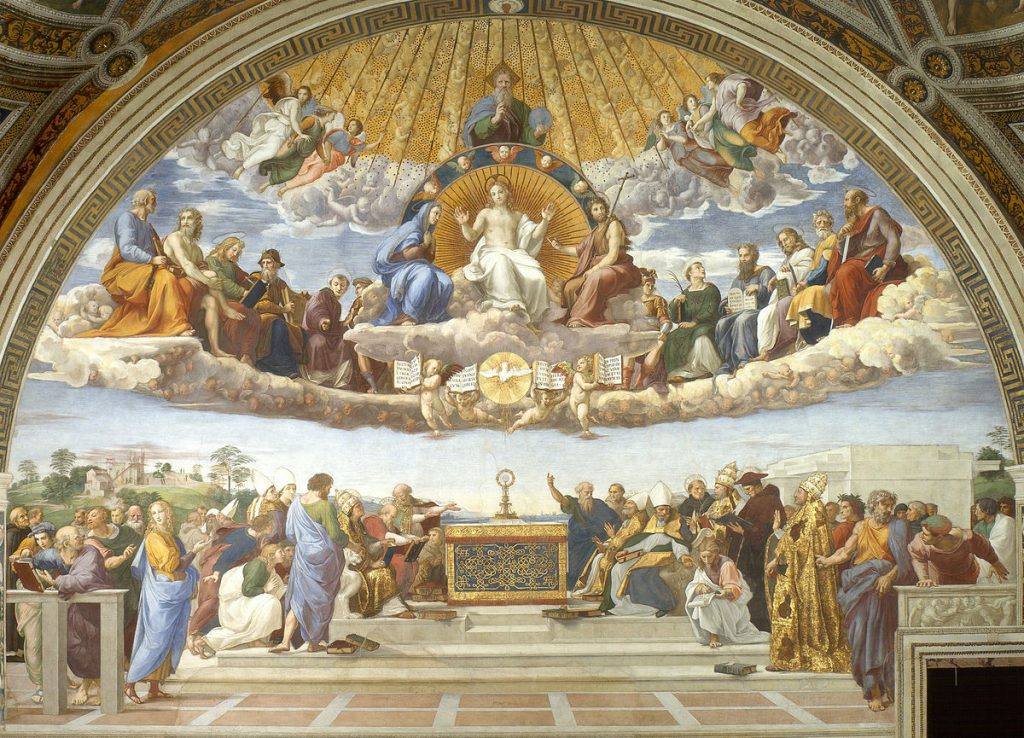Abstract Expressionism & Pop Art Contemporary, Post Modernism

Shantell Martin is an artist known for her stream-of-consciousness drawings. Born in Thamesmead London, she would start her education at St. Martin. After finishing her education she would travel over to Japan to have her work experienced through music in an avant-garde fashion at clubs. Martin would draw digitally live and have her work projected up on the walls of clubs and to singers at concerts. Martin describes her time in Japan as a little isolating, so the way she drew things in her sketchbooks would be more personal like a diary. All her illustrations were done in 0.05 pen, describing this style as more intimate, with just you, the pen, and the paper.
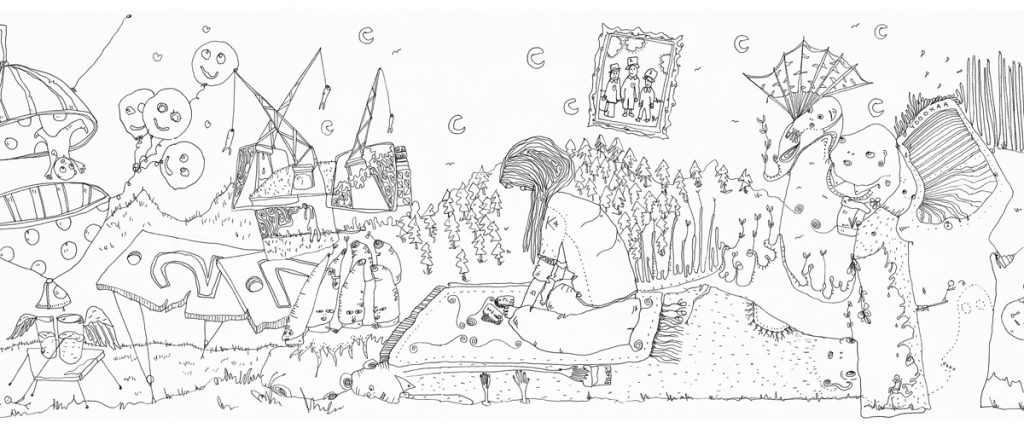
Martin’s work evolves with her environment over time. Like how her work became more intimate, smaller, and refined in Japan, once she moved to America her work once again evolved. She described New York City as “Everything is so big bold and confident.” Martin felt a need to fill this new larger space and her work followed suit.
When creating, Martin doesn’t plan out her compositions, her work is a meditative process of thoughts and feelings expressed through lines. “The pen knows where it’s going, and I’ve gotten very good at following” It’s not that Martin doesn’t have an idea what she’s going to draw, her intentions are there to make an artwork that allows her to connect with the world. Many of Martin’s works revolve around exploring themes such as intersectionality, identity, and play. Martin is a cultural facilitator, forging new connections between fine art, education, design, philosophy, and technology with her work. She draws on anything and everything including cars, shoes, planes, tables, walls, and even people.

She describes how colour can be used to direct people’s attention around an image. This is why Martin prefers to work in black and white, believing this allows each viewer’s eye to be drawn to a different place.
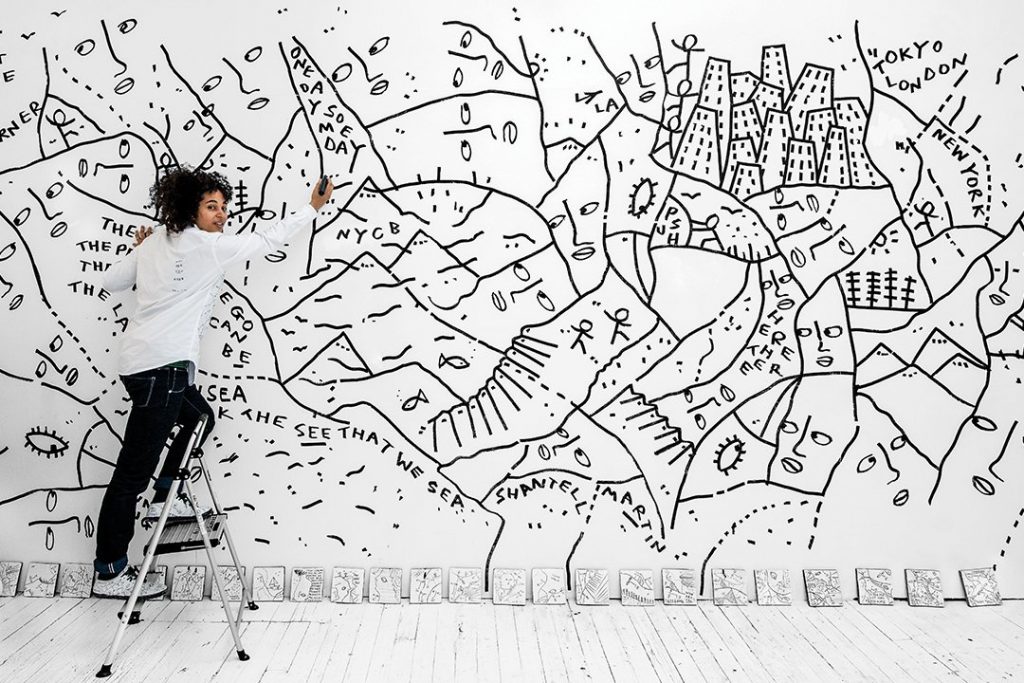
I choose to study Shantell Martin’s work because it’s not typically the type of work that I would think twice about. Personally, I think her work is interesting and nice to look at, but I wouldn’t feel a need to think deeply about it if I was it on the street. The simple and clean nature of her work makes me think it’s simple altogether; an art piece with no theme, just created to look cool. I wanted to look further into a type of work that I usually wouldn’t, end off the term broadening my horizons hopefully a little. I’m happy I did. Her philosophy about her work holds an interesting and unique perspective. I like how she communicates her own personal story as her work evolves. I also thought it was interesting that her work would adapt to her changing environments. There was a stark difference between the dainty and intimate sketchbook pages done in Japan, and the large bold wall murals completed in America. The lack of colour was what originally attracted me to her art, and I think it works really well for her intentions. Everything she doses feels much more thought out than it appears, even though the process of actually completing the work is described as meditative. After looking into her work more, I found she worked with the company TED a few times, even completing a TEDvTalk on the idea of individuality and the feeling of a blank canvas. It’s interesting to be researching a modern artist on who I can watch YouTube videos to explain their work. It gives me a level of understanding and context for the work that I wouldn’t otherwise get with an older artist like Diego Valazquez. Though, that would be interesting to watch. Overall, I gained a better application for the work, that is more than just aesthetically appealing but touches upon important topics in a unique and modern way with art.

Citations:
Martin, Shantell. “How Drawing Can Set You Free | Shantell Martin – YouTube.” YouTube, TED, 21 July 2020, https://www.youtube.com/watch?v=RzBUAY1wuw4.
Martin, Shantell. “No One Else You Could Be | Shantell Martin – Youtube.com.” YouTube, TEDxTalks, 8 Dec. 2017, https://www.youtube.com/watch?v=U0rvNTC_fSM.
Martin, Shantell. “Shantell Martin: Follow the Pen.” Youtube, The New Yorker, 24 Oct. 2013, https://www.youtube.com/watch?v=7ywYnk0-xUY.
“Shantell Martin.” Wikipedia, Wikimedia Foundation, 21 Nov. 2021, https://en.wikipedia.org/wiki/Shantell_Martin.
“Shantell Martin.” Wikipedia, Wikimedia Foundation, 21 Nov. 2021, https://en.wikipedia.org/wiki/Shantell_Martin.
Image Citations:
“Influential Voices: An Interview with Artist Shantell Martin.” BOOOOOOOM!, 18 Jan. 2018, https://www.booooooom.com/2018/01/18/influential-voices-an-interview-with-artist-shantell-martin/.
Martin, Shantell. “Drawing on People.” Flickr, Yahoo!, 17 July 2014, https://www.flickr.com/photos/shantellmartin/14674072534/.
“Newsletter Sign Up.” Empire, http://www.empireentertainment.com/project_detail.php?id=1055596.
“Shantell Martin – Work: X Kendrick Lamar.” Shantell Martin – Work: x Kendrick Lamar, https://shantellmartin.art/work/x-kendrick-lamar/.
Valintine, Victoria L. “Known for Her Free-Form Line Drawings, Shantell Martin Is Collaborating with the New York City Ballet.” Known for Her Free-Form Line Drawings, Shantell Martin Is Collaborating With the New York City Ballet, Culture Type, 26 Jan. 2019, https://www.culturetype.com/2019/01/26/known-for-her-free-form-line-drawings-shantell-martin-is-collaborating-with-the-new-york-city-ballet/.





